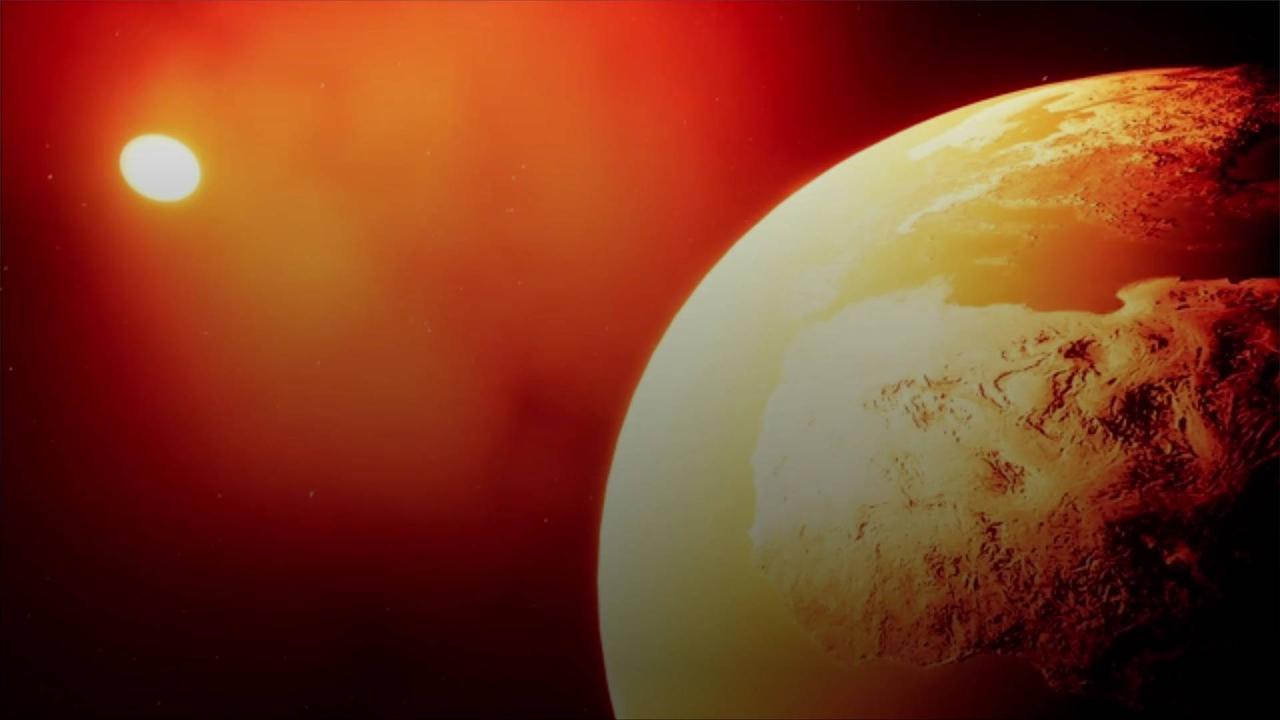Distant Supernova Temporarily 'Destroyed' Earth's Upper Atmosphere

Distant Supernova Temporarily 'Destroyed' Earth's Upper Atmosphere
Distant Supernova , Temporarily 'Destroyed' , Earth's Upper Atmosphere.
In October 2022, humanity got a taste of a cosmic disaster after a powerful supernova about 1.9 billion light-years away rocked the universe.
Futurism reports that the massive burst of gamma rays produced by the stellar explosion bombarded Earth.
.
Astronomers dubbed the supernova "BOAT," which stands for "brightest of all time.".
According to a 'New York Times' report, the blast was so powerful that it took out a chunk of the Earth's upper atmosphere.
The ozone was partially depleted — was destroyed temporarily.
, Pietro Ubertini, an astronomer at the National Institute of Astrophysics in Rome, via Futurism.
Pietro Ubertini, an astronomer at the National Institute of Astrophysics in Rome, says the ozone layer managed to repair itself in a matter of minutes.
However, according to Ubertini, the blast could have caused a "catastrophe" had it occurred closer to Earth.
Futurism reports that the latest event is the first time scientists have gathered evidence that suggests distant supernovas can impact Earth's ionosphere.
However, scientists say that the chances of a catastrophic cosmic event capable of taking out Earth's atmosphere for a prolonged time remain slim.
.
The incredibly rare type of celestial event is estimated to only occur once every 10,000 years.
The team's findings were published in the journal 'Nature.'


![ESA and China Space Agency Collaboration Detects Negative Ions on Dark Side of Moon [Video]](https://video.newsserve.net/300/v/20240610/1378153534-ESA-and-China-Space-Agency-Collaboration-Detects-Negative.jpg)

!['Gladiator II' Trailer: Paul Mescal Faces Off Against Pedro Pascal in First Look | THR News Video [Video]](https://video.newsserve.net/300/v/20240709/1381106788-Gladiator-II-Trailer-Paul-Mescal-Faces-Off-Against.jpg)
![WATCH: Spanish Steps painted red in protest against femicides [Video]](https://video.newsserve.net/300/v/20240626/1379690098-WATCH-Spanish-Steps-painted-red-in-protest-against.jpg)
![Upcoming European elections could tip Meloni's political balancing act [Video]](https://video.newsserve.net/300/v/20240601/1377141224-Upcoming-European-elections-could-tip-Meloni-political.jpg)
![Italy pledges millions to support Palestinians at Rome meeting [Video]](https://video.newsserve.net/300/v/20240525/1376438784-Italy-pledges-millions-to-support-Palestinians-at-Rome.jpg)
![Work on metro line under Rome's landmarks enters crucial phase [Video]](https://video.newsserve.net/300/v/20240524/1376335572-Work-on-metro-line-under-Rome-landmarks.jpg)